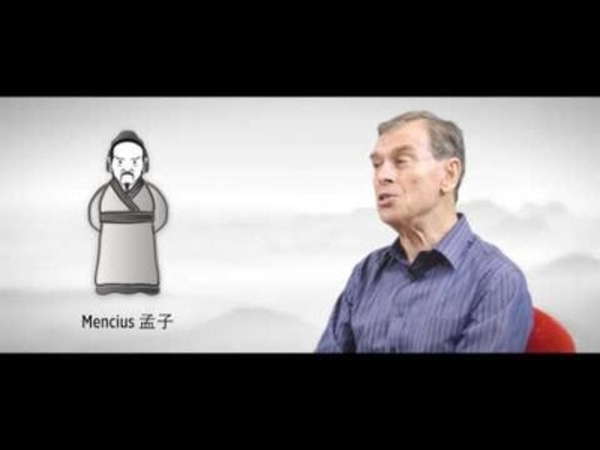Price:
6200 EUR
Contact
The University of Hong Kong
Description
We make ethical or behaviour guiding right / wrong judgments all the time but have you ever wondered where Ethics comes from, what it is about and why it is important? This course provides an introduction to traditional Chinese ethical thought and focuses on the pervasive contrast in the way Chinese and Westerners think about ethical guidance or guidance concerning what is right and what is wrong, good or bad. Traditional Western orthodoxy uses the metaphor of a law – in its most familiar popular form, the command of a supernatural being backed by a threat of eternal punishment or reward – to explain ethical guidance. The Classical Chinese philosophers by contrast were all naturalists. They talked about ethical guidance using a path metaphor – a natural dào.
We will look at two rival directions this natural dào model took in ancient China. The first direction views ethical paths as generated from human sources such as human history and past social practices. The other Confucian version views guidance as arising from a distinctly human guiding organ, something like a combination of our faculties of heart and mind. This organ issues the right/wrong or this/not-that judgements naturally. This internal map to moral choices branches, like a plant, as we mature. The alternative to human-based naturalism in China treated normative guidance as natural in a broader sense, such as the dào of water or one guided by what is beneficial vs harmful. Finally, we will take a brief look at a development after the classical period that resulted from the invasion of the more super-naturalist, Indo-European way of thinking about guidance – Medieval Chinese Buddhism.
Although Chinese concepts will be the focus of our discussion, all the content of this course is intended to be accessible to beginner students. For those who are beginners in Philosophy, we will include a brief introduction to the ideas of logic that further shape the Western metaphor of a law and help us understand its role in Western ethics, science and psychology so you can better understand the different ways these two philosophical metaphors explain where norms of behaviour come from, what they are about and why they are important.
我们常常判断事物的正误,但你是否思考过什么是道德/行为准则,它来自哪里,为什么重要?本课程介绍中国传统道德思想,关注中西哲学关于道德准则、正误、好坏的不同理解。传统西方观念以“法”(即超自然个体的指令以及遵循或违背该指令所意味的奖惩后果)来解释道德准则。与此截然不同,中国古代哲学家们则均为自然主义者,他们以“道”为喻体来讨论道德标准。
本课程重点关注“道”在中国古代沿着两个不同方向竞相演变的过程。一种方向认为道德准则来自于人类历史以及以往社会的实践。另一个方向则认为道德标准源自人本身的一种类似于心脑结合的感官,该感官自然的发出正误、此彼等判断。有如我们内心的一幅导图,像植物一样,随着我们的成长日渐丰茂强大。中国的这种不以人本身为基础的自然主义对待道德准则的方式,从广义角度看待自然,比如水之道,善与恶之道。课程结尾部分我们会简单探讨古代中国之后随着超自然、印欧哲学被引入中国而出现的一个新事物,即中世纪中国佛教。
尽管课程重点讨论的是中国传统哲学思想,不熟悉中国哲学的学生也会发现课程内容浅显易懂。针对哲学初学者,课程包含了关于逻辑这一概念的简单介绍,以及它如何加强西方“法”的概念,以便帮助我们了解“法”在西方道德、科学以及心理学领域的作用,以利于学生更好地了解中西哲学思想间对于行为准则的来源、内容、及其重要性的不同理解。
课程目标:
• 学习描述中国古代哲学思想中的人类与自然观;
• 学习辩证思考中国哲学思想中的人类与自然观,明辨其优缺;
• 反思人类与自然的关系;
• 培养解释说明及分析辩证技巧。
Specific details
Category of Education
Arts and Humanities







 How to resolve AdBlock issue?
How to resolve AdBlock issue? 


Comments (0)